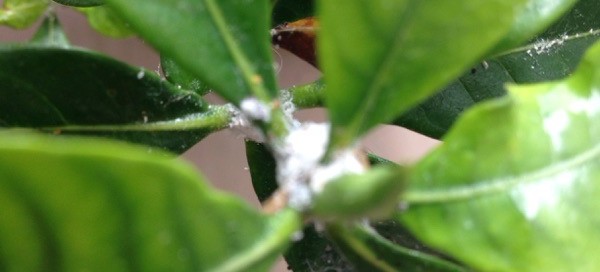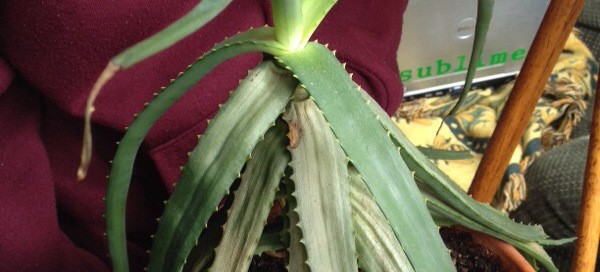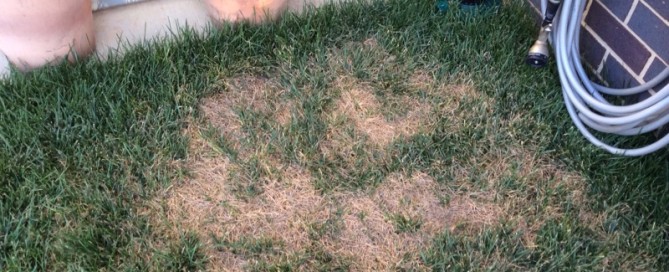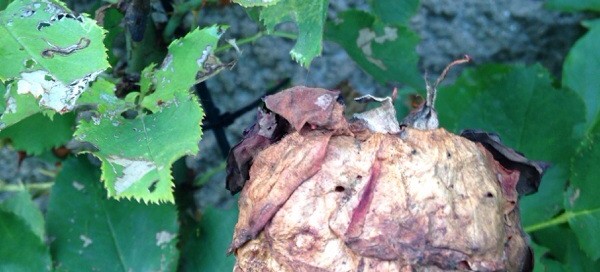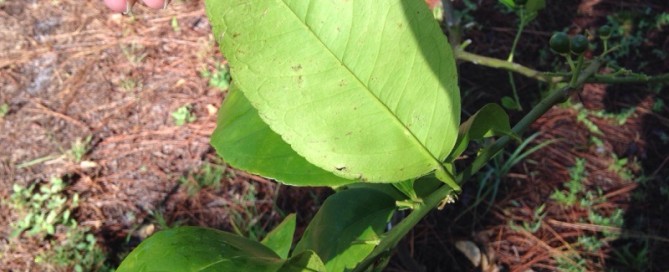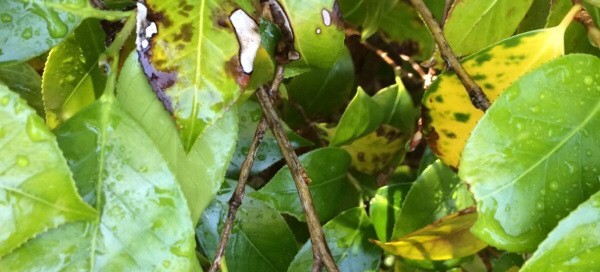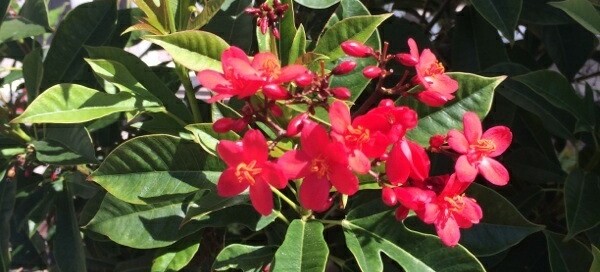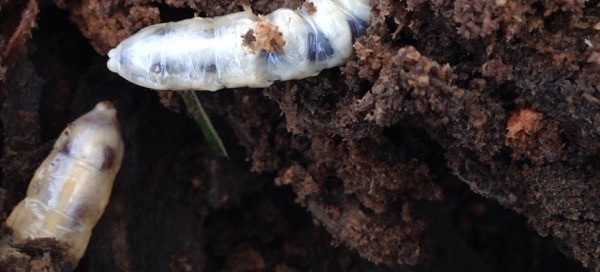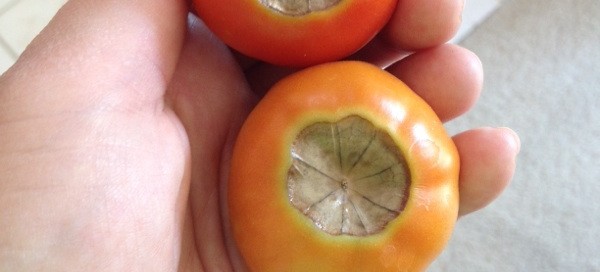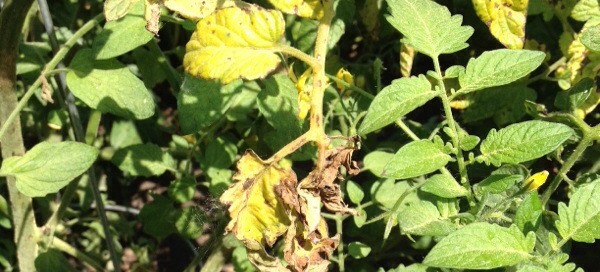Scale Insects
This appears to be sap sucking scale insects. This plant pest does not usually cause major problems to plant health unless their population is very large. However, if you don't control them, and the conditions are right for their reproduction, they can get out of control. Keep your plant healthy and it will be better able to withstand the feeding these pests do. Control for scales varies by species or type of scale. We've included web links for your reference in controlling these pests. You can also give the plant(s) a shower, literally, to clean off the pests, and any sticky "honeydew" exudate (sucking insect excrement), and the black sooty mold that grows in this honeydew. Keep an eye out and continue to remove new developing pests. Otherwise, if the population numbers are high you can use pesticidal products, but they may not be very effective on the adult (covered) stage of the scale (they will work on the younger crawler stage if applied correctly). We recommend you use horticultural oils as a suffocant or pesticidal soaps whenever possible. Make sure you apply these products early in the morning (not in the hot part of the day) and the plant should be in moist soil or watered before applying the oil to avoid burning the plant tissues.
